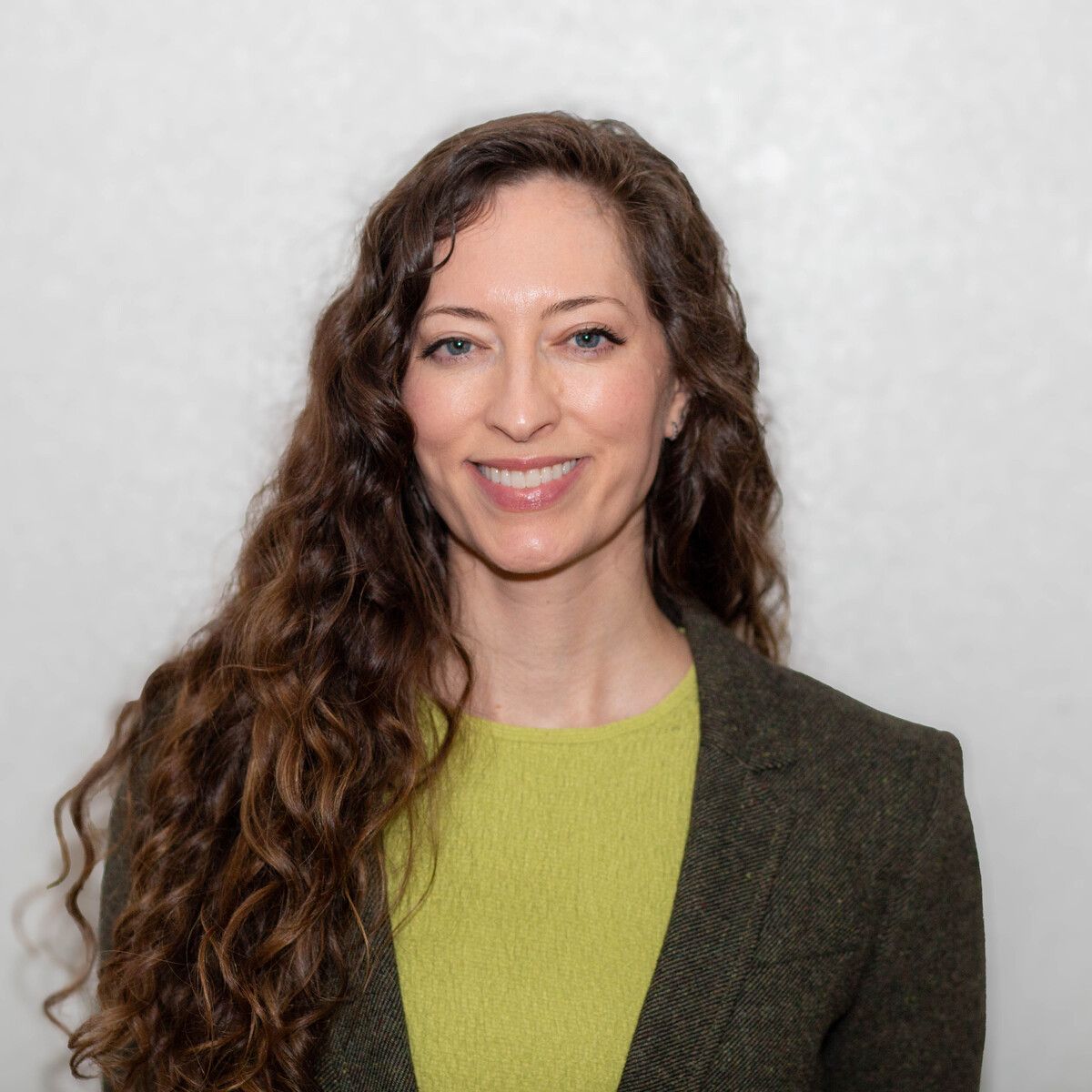
“My self-esteem went through the roof,” Natasha Stenbock said of her experience when first learning to fly in 2008. Today, Stenbock flies for tour company Envi Adventures as she works toward piloting for major airlines. | Photo courtesy of KJ
What you probably already know: Becoming a commercial pilot requires hundreds of flight hours, a large financial commitment, and, perhaps most importantly, total dedication. Men still make up about 90% of commercial airline pilots in the United States, but women are making gains in the industry. Of the 109,727 commercial pilots in the U.S. last year, 11,044 were women, up from 9,971 in 2023, according to the Federal Aviation Administration. Across the total population of pilots (including private and student pilots), women represent just 6% of the industry. For many women, flying planes comes down to opportunity, access to resources, representation, and availability.
Why? Men have dominated the aviation industry for a variety of reasons. While the idea of piloting being a “man’s job” is fading, other factors persist, such as the role the military plays in aviation. Military flight schools offer the chance to accumulate flight hours without paying the sky-high cost of private or commercial training, but most recruits are men. Women made up 29% of the U.S. Air Force’s graduating class in 2023. Piloting is also a demanding line of work, making it more difficult for women with families to get a career off the ground. Natasha Stenbock's journey to becoming a commercial pilot taxied for years on a long, arduous runway before she quit her 22-year career as a broadcast meteorologist last fall. Now, the mother of four is all-in on pursuing her true passion, 17 years after first learning to fly.
What it means: “A lot of people do give up because [becoming a pilot] is expensive, time-consuming. You have to really, really, really want it,” Stenbock said. It’s also a matter of having a strong support system. Local family members help Stenbock get her kids to soccer practices, fellow women pilots provide community and encouragement, and a mentor shepherds Stenbock as she works to complete the 1,500 flight hours required by the FAA to fly for major airlines. Looking back at the people who inspired her when she first started flying, Stenbock recalled meeting national aerobatic champion Patty Wagstaff. “I asked her what it’s like being a woman in this business,” Stenbock said, “and without even skipping a beat, she said, ‘The airplane doesn’t know I’m a woman and it doesn’t care. You just be the best you can be.’”
What happens now? Airlines recently started stepping up to help with the high cost of flight instruction through accelerator programs that funnel pilots into professional jobs. Wages for first officers and captains have also increased in recent years as airlines work to fix a pilot shortage, and marketing has grown more inclusive toward female and minority pilots. Some aviation groups, like The Ninety-Nines and Women in Aviation International, also offer scholarships for women who want to fly. Stenbock receives a stipend through the Horizon Pilot Development Program and was among this year’s cohort of Amelia Earhart Memorial Scholarship Fund awardees. She said the industry needs better public outreach to bring attention to these opportunities and more female flight instructors to help students achieve their goals while spending as little as possible, as a single hour-long flight lesson can cost over $200.

